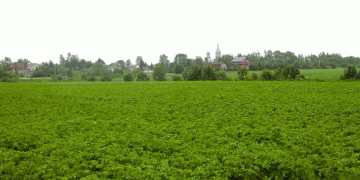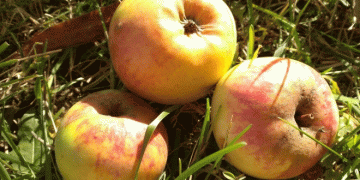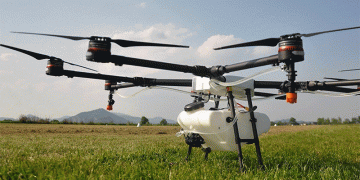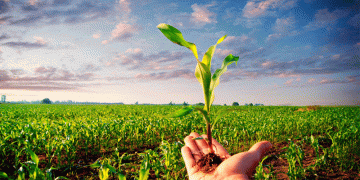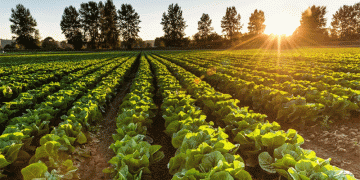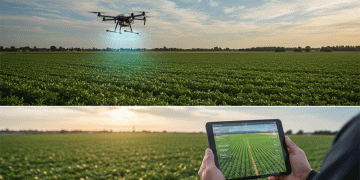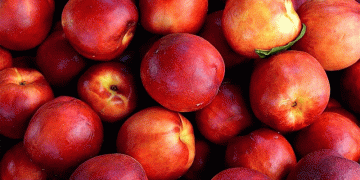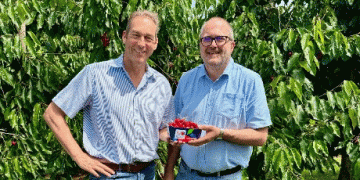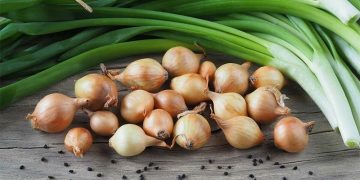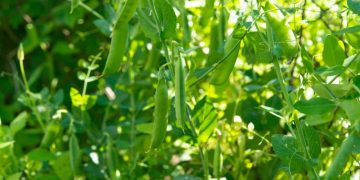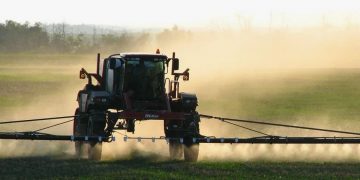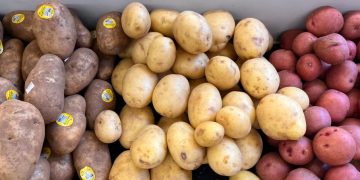Imagine a day when a farmer can stand in a field, wave a handheld device over a tomato and detect pathogens immediately, potentially saving lives and billions of dollars.
That day might not be far off, thanks to research being conducted by the Alabama Agricultural Experiment Station at Auburn University.
As one of 11 universities awarded grants by the U.S. Department of Agriculture to conduct nanotechnology research, Auburn scientists are working to improve pathogen monitoring throughout the food supply chain by creating a user-friendly system that can detect multiple foodborne pathogens simultaneously, accurately, cost effectively and rapidly.
USDA Secretary Tom Vilsack recently announced an investment of more than $5.2 million nationally to support research to improve food safety, enhance renewable fuels, increase crop yields and manage agricultural pests. The awards were made through the Agriculture and Food Research Initiative, the nation’s premier competitive, peer-reviewed grants program for fundamental and applied agricultural sciences.
Auburn’s research is unique in that it uses biological rather than manmade nanotechnology to accomplish its goals, says Sang-Jin Suh, associate professor in Auburn’s Department of Biological Sciences.
Suh is also a member of the Auburn University Detection and Food Safety Center, and he credits its director, Bryan Chin, a materials engineering professor, with developing the biosensor technology that is the basis for the research.
“This is Dr. Chin’s innovation, and he recruited people like me—a bacterial geneticist—to help combine these technologies into a particle-based biosensor that can be used to detect food pathogens,” Suh says.
Estimates are that as many as 48 million Americans become ill annually due to foodborne pathogens and toxins, resulting in a nearly $80 billion economic burden. These estimates do not consider costs to the food industry, including reduced consumer confidence, recall losses or litigation.
As outbreaks of foodborne pathogens and recalls of contaminated foods have become more common, it has become apparent that better pathogen detection systems are needed to identify contaminated food before it is consumed by the public.
“Whenever food is contaminated, it usually takes the FDA, CDC or other labs days or weeks to confirm the presence of pathogens,” Suh says. “Our technology can do it in less than 10 minutes.
“Presently, whenever there’s a foodborne pathogen outbreak, they have to take the contaminated food and grow bacteria from it, requiring a few hours to a few days. Then they will see if it fits the pattern of a suspected pathogen. We isolate the probes that are specific for that pathogen. If it binds to the probe, then we know the particular pathogen is present.”
In addition to the length of time required for results, current food pathogen detection systems require expensive instruments and extensive training for personnel.
“The two most popular methods of detecting pathogens, other than the traditional culturing method, require extensive training,” Suh says. “Our method will require minimum training. We envision that every farmer will have this capability, processing plants will have this capability and grocers and restaurants will have this capability. Even consumers will be able to use this technology.”
The biosensor will be a handheld monitor that eventually will detect the presence of a food pathogen as far as 10 centimeters away from the device.
“This will allow for safety checks on food from the farm to the table,” Suh says. “The detector would cost less than $500 and could eventually save billions of dollars and many lives.”
An objective of Suh’s research is to develop a system that will allow for the simultaneous identification of multiple foodborne pathogens in real time, including Salmonella enterica, Escherichia coli and listeria monocytogenes.
“We have previously demonstrated the efficacy of our biosensors for accurate and rapid detection of individual pathogens,” Suh says. “In this study, we will develop a multiplex system capable of detecting the presence of several common foodborne bacterial pathogens.
“As we improve our system in future studies, it can be expanded to include viruses and toxins to become a comprehensive detection system for any foodborne pathogens to improve public safety.”
Auburn’s team of researchers is collaborating with scientists at other universities to use this technology and hopefully gain FDA approval for widespread use in the future.
— Paul Hollis, Auburn University
Source: Auburn University College of Agriculture













